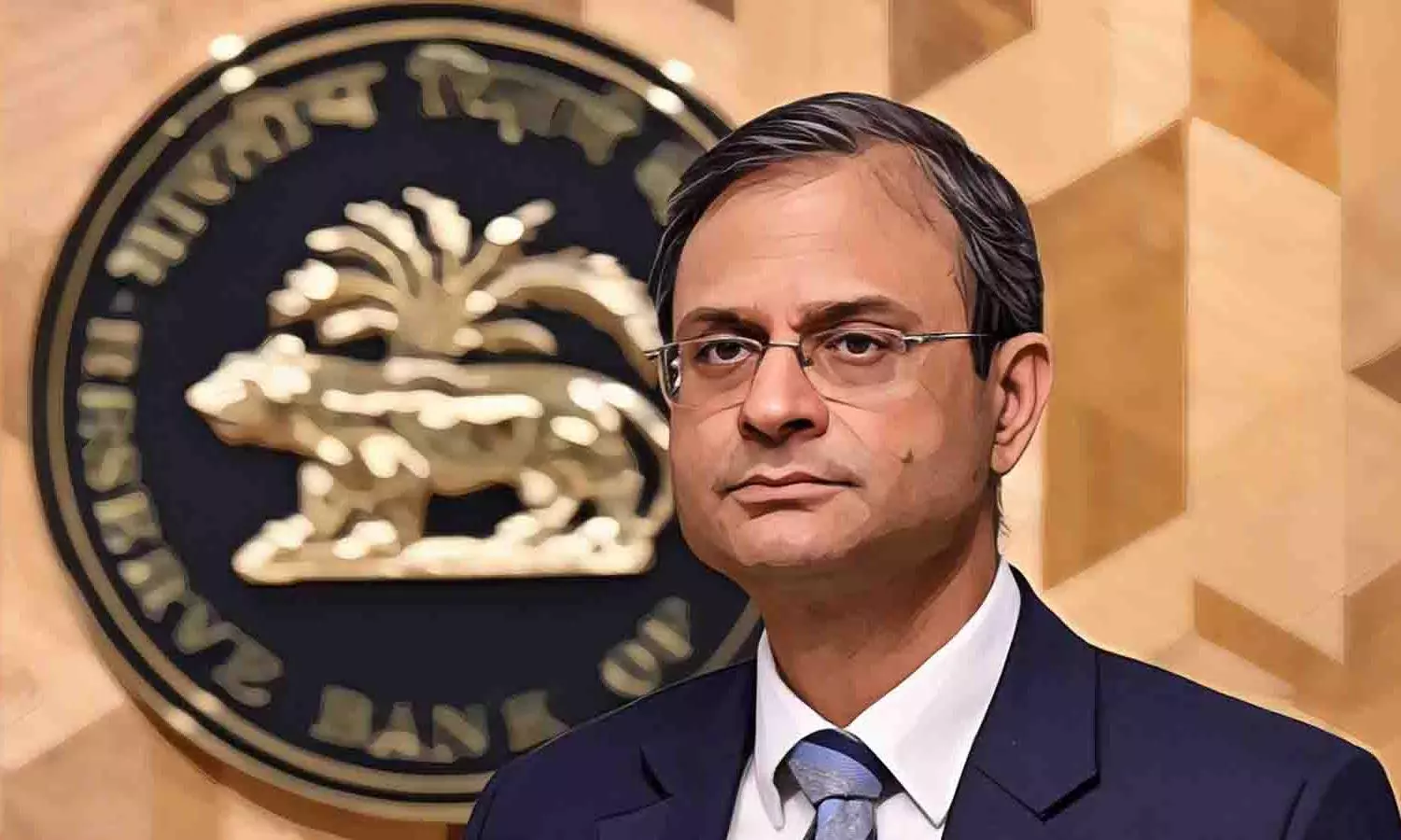
RBI rate cut: Relief for common man as car, home loans may get cheaper
RBI’s 0.25 per cent rate cut after 5 years is 'much-needed oxygen' for Indian economy, particularly real estate sector; can it address deeper structural issues?

With the Reserve Bank of India (RBI) cutting the repo rate by 25 basis points (bps) to 6.25 per cent, borrowers can expect much-needed relief even as the economy gains fresh momentum.
The reduction in the repo rate will lead to a decline in external benchmark lending rates (EBLR), making home loans, car loans, and personal loans more affordable. Borrowers with floating-rate loans will see a decrease in their equated monthly instalments (EMIs), increasing disposable income and improving household finances.
On Friday (February 7), while announcing the repo rate cut, the new RBI Governor, Sanjay Malhotra, said inflation has declined, with a favourable outlook on food prices, which is expected to continue moderating in FY26, providing further relief to Indian households.
The move follows a period of monetary tightening between May 2022 and February 2023, during which the RBI raised the repo rate by 250 bps to control inflation. However, while the decision has been widely welcomed, some experts have raised concerns about potential risks.
Also read: Live | MPC meeting: RBI cuts repo rate for first time in 5 years
How common man benefits
Borrowers will feel the most immediate impact of the repo rate cut, as banks are expected to pass on the benefits through lower lending rates. Here’s how it can help the common man:
With lower borrowing costs, consumers are likelier to make big-ticket purchases such as homes and vehicles, while businesses may be encouraged to invest in expansion. This increase in demand could have a cascading effect on economic growth, benefiting sectors like real estate, automobiles, and infrastructure.
A revival in investment and consumption is expected to translate into job creation. As industries ramp up production to meet increased demand, more employment opportunities is likely to emerge, particularly in manufacturing and construction.
Also read: Income-tax break unlikely to boost consumption: Ex-IMF India Rep
Growth rate projections
The RBI Governor stated that the central bank projects GDP growth for the next fiscal year at approximately 6.7 per cent. According to the Economic Survey released before the Budget, the government has projected a growth rate of 6.3-6.8 per cent for 2025-26.
This projection comes against a slowing economy, estimated to expand by 6.4 per cent in 2024-25, marking the slowest growth rate in four years. Additionally, the Reserve Bank has forecast retail inflation at 4.2 per cent for the next financial year starting in April while maintaining its estimate for 2024-25 at 4.8 per cent.
"Assuming a normal monsoon next year, CPI inflation for 2025-26 is projected at 4.2 per cent, with Q1 at 4.5 per cent, Q2 at 4 per cent, Q3 at 3.8 per cent, and Q4 at 4.2 per cent," the Governor said, noting that risks remain evenly balanced.
Watch | Tax cuts to create mix of consumption and investment-driven multipliers: Finance Secy
India’s GDP growth slowed to 5.4 per cent in the second quarter of FY25, its lowest in seven quarters. The repo rate cut aligns India’s monetary policy with global trends, where central banks have adopted accommodative stances to support economic recovery amid geopolitical tensions and trade uncertainties.
'Much-needed oxygen'
Amit Goyal, Managing Direct, India Sotheby's International Realty, said the RBI’s 0.25 per cent rate cut after five long years is the 'much-needed oxygen' for the Indian economy, particularly for the real estate sector.
“It lightens EMIs, boosts investments, and signals a pro-growth stance. Coupled with income tax breaks for incomes up to ₹12 lakh in the Union Budget, it widens the path to homeownership for many aspiring buyers,” he said.
The PHD Chambers of Commerce and Industry President, Hemant Jain, said the repo rate was much needed to reduce the cost of borrowings to stimulate demand and consumption trajectory. “The increased demand in real estate, manufacturing, and infrastructure will create new employment opportunities in the country,” he said.
Also read: Why you should pick National Pension System over Unified Pension System
Risks to economic stability
While the RBI’s move has been hailed as pro-growth, there are valid concerns that could pose risks to economic stability in the long run.
Some economists argue that rate cuts alone cannot address India’s deeper structural issues, such as weak industrial output, sluggish private investment, and infrastructure bottlenecks. While cheaper credit can boost demand, it may not be sufficient to drive long-term growth without complementary policy measures.
Lower interest rates reduce returns on fixed deposits (FDs) and other savings instruments, impacting retirees and conservative investors who rely on interest income. With household savings already under pressure, this could discourage long-term financial security.
Also read | Economic Survey | Paradox: India Inc profits soar, but wage growth dips
Critics argued that lowering interest rates could fuel inflation, especially if supply-side constraints persist.
Although inflation is currently within the RBI’s target range, consumer price index (CPI) inflation stood at 5.2 per cent in December 2024 – higher than the ideal comfort zone. Increased liquidity could increase prices, particularly in food, fuel, and essential commodities.

